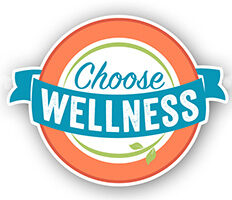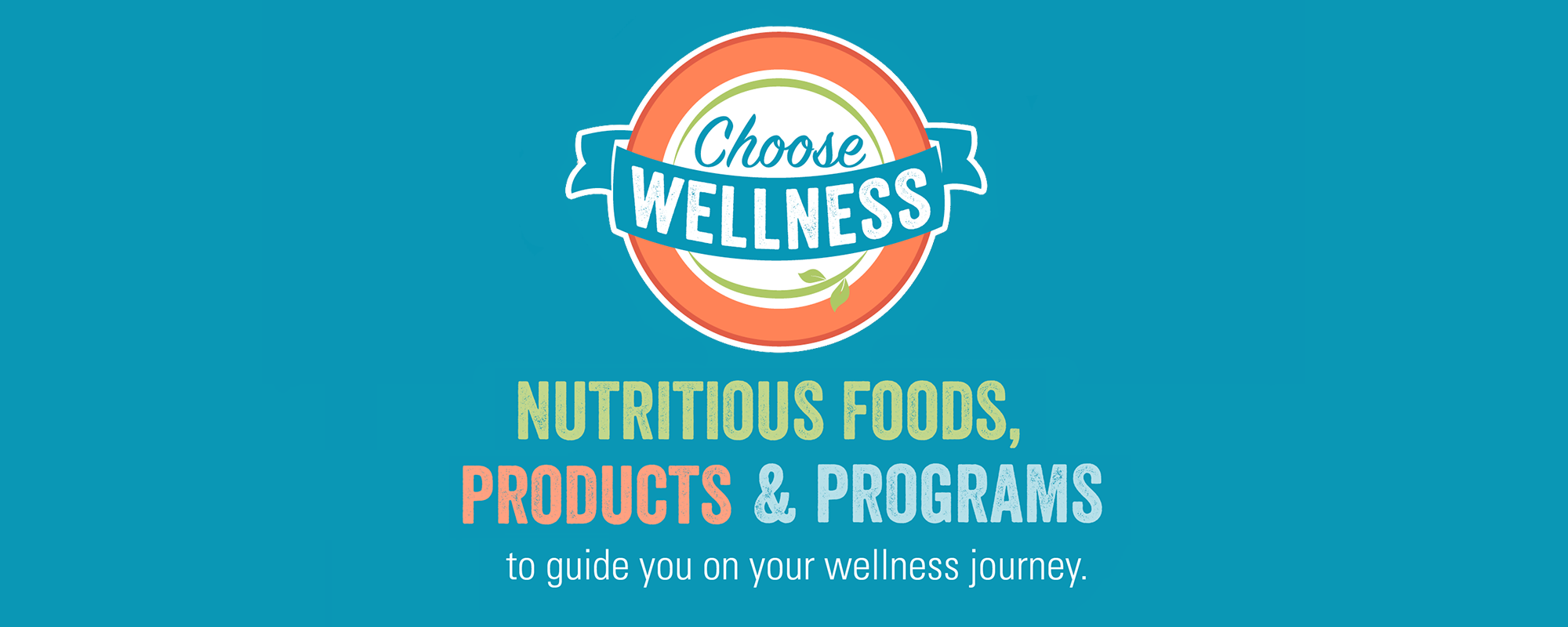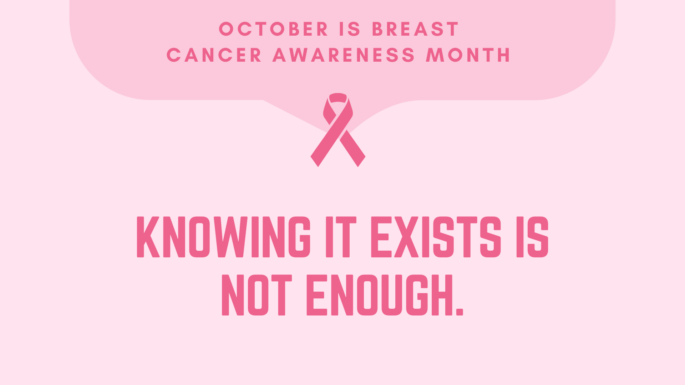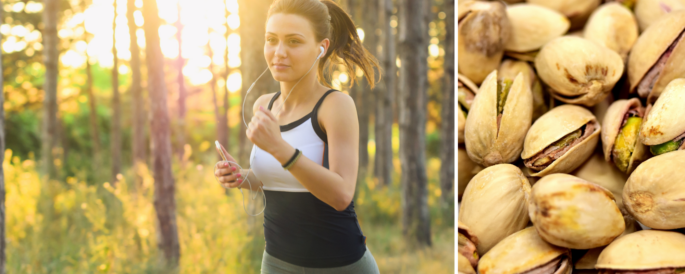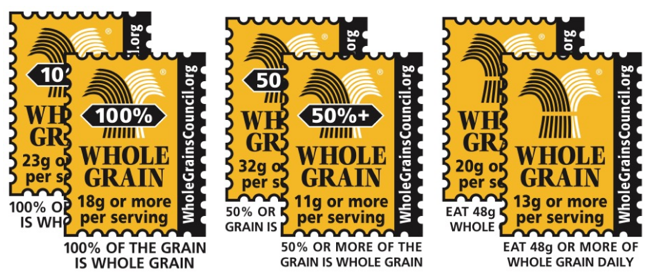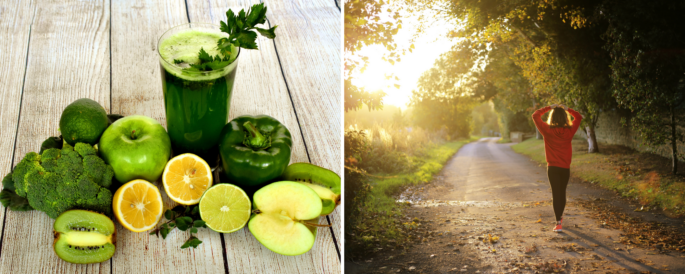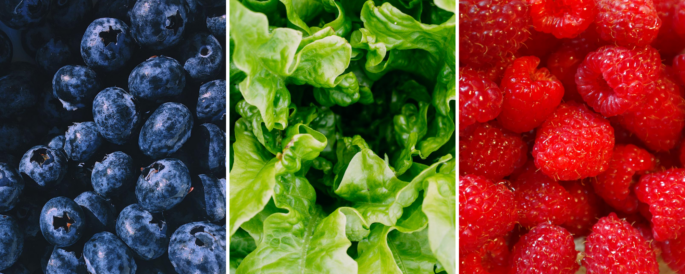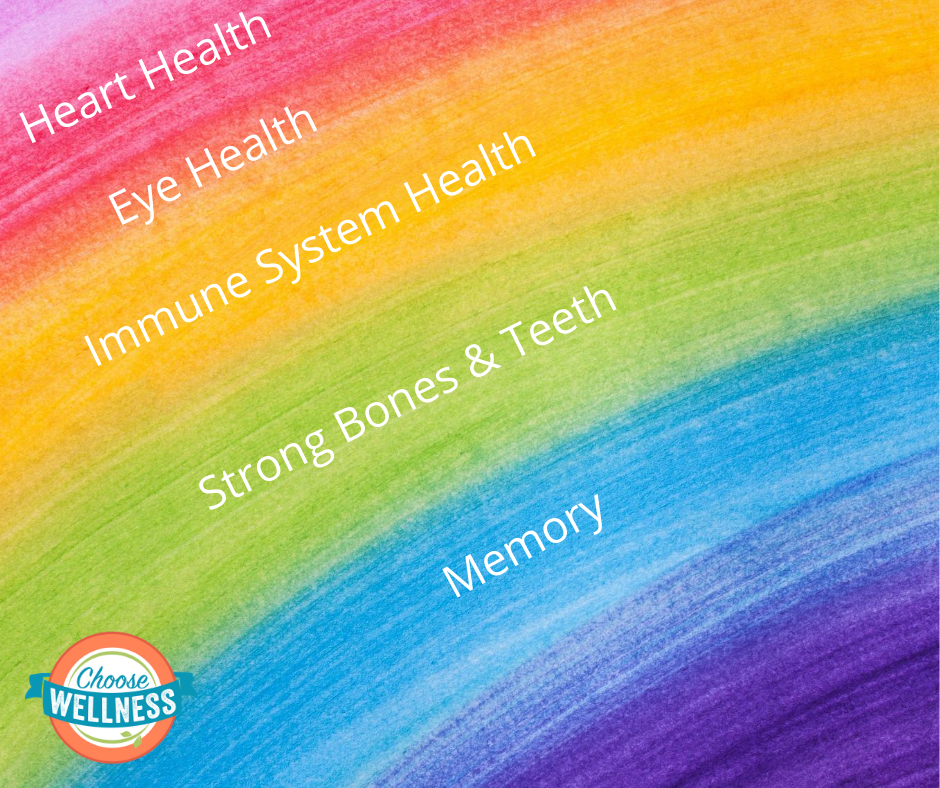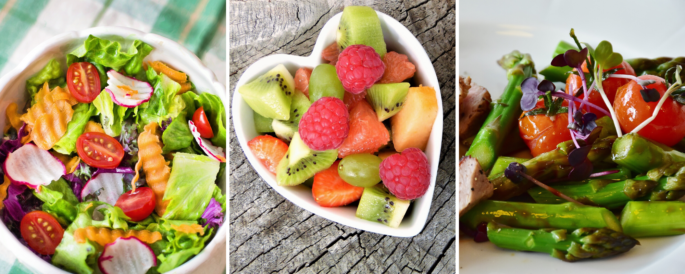October serves as a reminder for women to be screened in the hope that by doing so, early detection will lead to more positive outcomes in the fight against breast cancer. Since breast cancer often has no symptoms, regular breast cancer screenings are all the more important. Mammograms can help doctors detect cancer in the early stages, when treatment is most successful.
You cannot prevent breast cancer, but these tips may help to lower your risk of developing breast cancer: maintaining a healthy weight, staying physically active, limiting the use of alcohol, eating a healthy diet, breastfeeding, and avoiding the use of cigarettes.
Nutrition and Breast Cancer
The following healthy guidelines are adapted from the American Cancer Society’s Diet and Physical Activity Guidelines for Cancer Prevention and the U.S. Surgeon General’s Report on Smoking.
- Achieve and maintain a healthy weight. (People with breast cancer who are overweight or obese should limit high-calorie foods and beverages and increase physical activity to help with weight loss)
- Eat at least 2½-3 cups of vegetables and 2 cups of fruit every day. Eat a variety of vegetables and fruits. Include dark green, red and orange vegetables and legumes, such as beans, lentils, peas and soy foods
- Choose 100 percent whole grain foods such as 100 percent whole grain breads and cereals, brown rice, millet and quinoa
- Eat “good” fats (polyunsaturated and monounsaturated fats). These are found in foods such as olive and canola oil, nuts and natural nut butters, avocados and olives
- Limit or avoid red meat and processed meat, such as beef, bacon and sausage. Choose chicken, fish or beans more often
- Limit or avoid sugar-sweetened beverages. Choose water or unsweetened beverages more often
- Limit or avoid highly processed foods and refined grain products, such as fast food, ready-to-heat foods, snack foods and candy
- Avoid alcohol. For those who choose to drink alcohol, limit to less than 1 drink a day for women and fewer than 2 drinks a day for men
- Quit smoking (or never start smoking)
Resources: For more information about breast cancer screening, risk, treatment, and information visit www.komen.org and www.breastcancer.org
